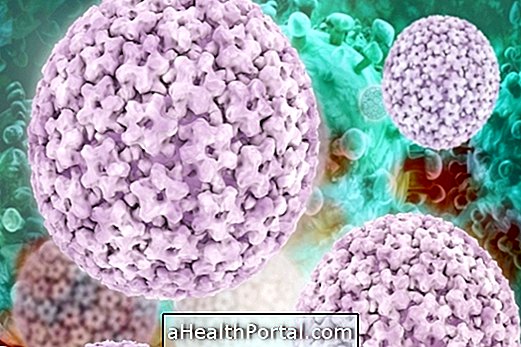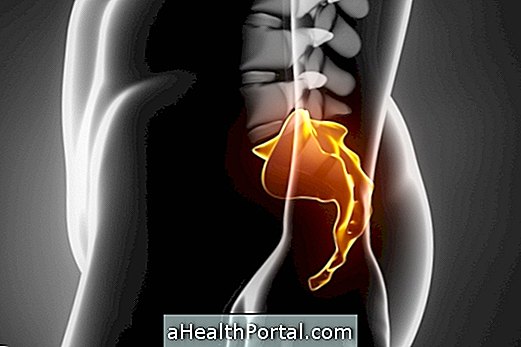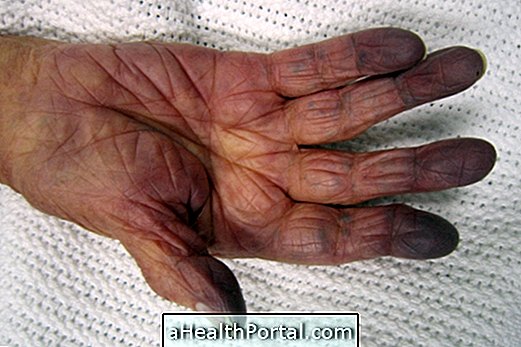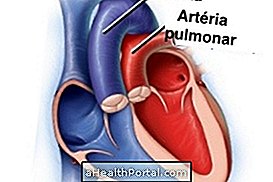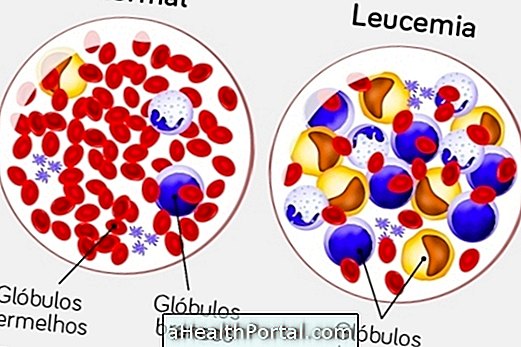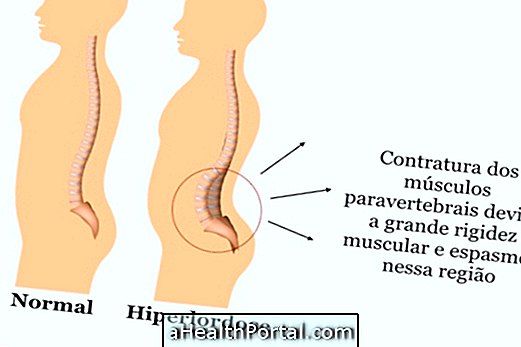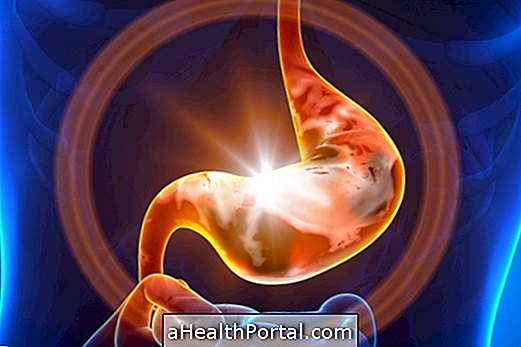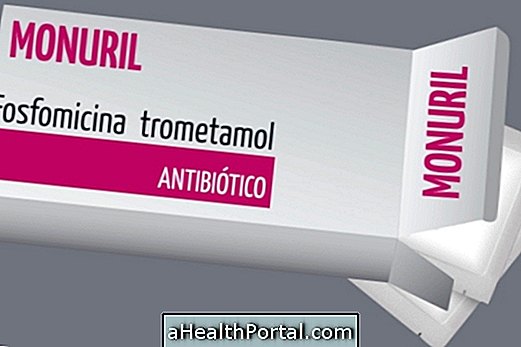Bacterial adenitis, also known as lymphadenitis or tongue, is an inflammation of one or more lymph nodes, caused by bacteria. This infection can occur anywhere in the body, being common in areas such as neck, armpit, groin or abdomen, and causes swelling, redness, warmth and pain on the spot.
A bacterial adenitis can occur in any person, being common in children, and may be caused by different types of bacteria, such as Staphylococcus aureus, A-group β-hemolytic Streptococcus, Y. enterocolitica, Y. pseudotuberculosis, Mycobacterium tuberculosis, Shigella sp or Salmonella sp, for example, and therefore its treatment is done with the prescription of antibiotics by the doctor.

However, it should be remembered that there are several other causes for enlargement of the lymph nodes, usually due to a reaction of the body to some type of inflammation, which happens for several reasons, from a cold, a dental infection, a skin injury, or even, more rarely, by immune diseases or cancer, for example. Check out more details on what the enlarged lymph node might be.
Main symptoms
Bacterial adenitis causes an intense inflammatory reaction in the affected ganglion, causing it to increase in size, which is larger than 1 cm and may even reach the size of a lemon, as well as reddening, hot and painful, and cause fever up to 40ºC.
Adenitis usually arises in the cervical, axillary or groin area where they are most common, but may also arise in the innermost regions of the body, reaching mesenteric, intestinal, stomach or mediastinal lymph nodes, for example causing fever, abdominal pain, vomiting and diarrhea, being more difficult to identify.
How is the treatment done?
Treatment for bacterial adenitis is done with the use of oral antibiotics such as amoxacicline, cephalexin or clindamycin, for example, chosen by the doctor according to the suspicion of which type of bacterium causes the infection. If in doubt, the doctor may also request aspiration or biopsy of the affected ganglion to confirm the suspicion and to know if the bacteria is sensitive to the active substance.
